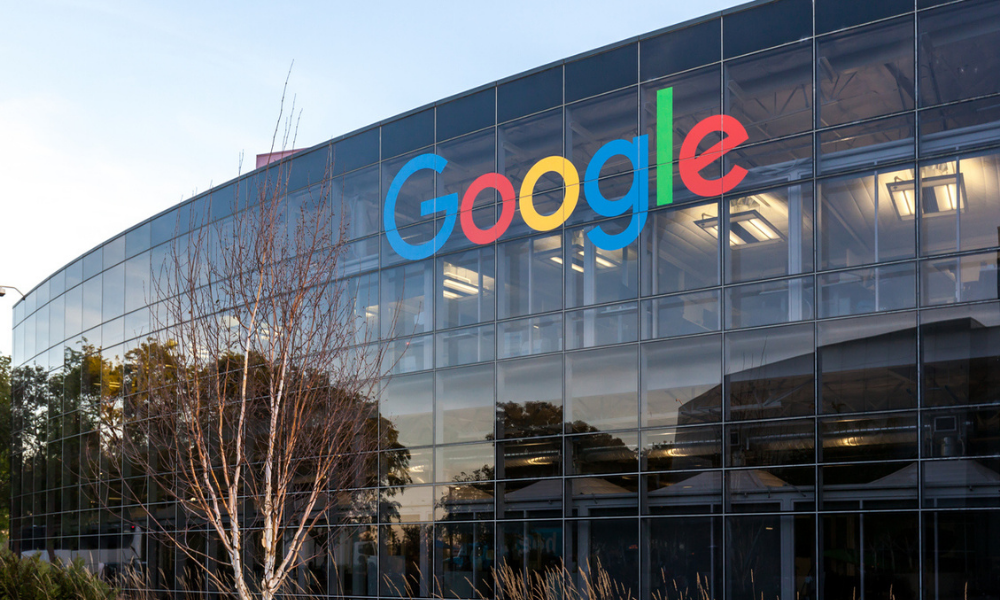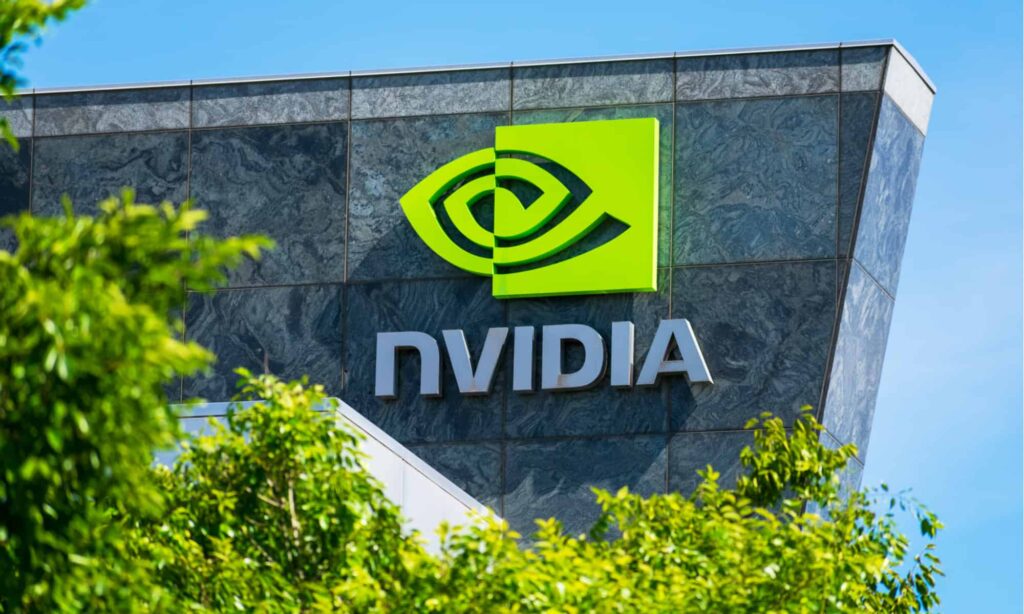The AI revolution is reshaping industries and transforming the way we live. Tech giants are at the forefront of this transformation, each with unique strategies and strengths. In this blog post, we’ll analyse the AI strategies of major tech companies and their approaches to hardware, cloud services, models, and applications.
The Contenders
Microsoft: The Cloud Champion
Microsoft is riding high on the wave of AI thanks to its partnership with OpenAI and the impressive capabilities of GPT. They’re betting big on cloud services and software applications, aiming to be the go-to platform for businesses looking to harness the power of AI.

Apple: Keeping it Personal
Apple’s strategy is all about putting AI power directly into your hands. Their M-series chips and focus on privacy mean you get intelligent features without sacrificing your data. They’re making technology feel more intuitive and personal than ever.

Amazon: Cloud Dominance
Amazon is the undisputed cloud king, and they’re not slowing down. By designing their chips for training and running AI models, they’re making their cloud services even faster and more efficient. It’s a smart move helping them stay ahead of the competition.

Meta: Building the Metaverse
Meta (formerly Facebook) is all about augmented reality. It’s using its massive user base to create immersive digital experiences. But with great power comes great responsibility, and it’ll need to balance innovation with protecting user privacy.

Google: AI All-Rounder
Google has been playing AI games for a long time. They’re involved in everything from AI hardware to software applications. But with so many irons in the fire, they’ll need to focus on their most vital areas to stand out truly.

Nvidia: The Power Behind the Throne
Nvidia’s powerful graphics chips are the engine that drives many AI applications. By teaming up with cloud providers, they’re making it easier for developers to build unique AI products. They’re a force to be reckoned with.

Key Battlegrounds
- AI Hardware: Companies are investing heavily in developing custom AI chips to accelerate model training and inference.
- Cloud Services: The cloud is the backbone of AI development. Companies are competing to offer the best infrastructure and tools for AI workloads.
- Models: A key focus area is developing large language models (LLMs). Companies are racing to create the most powerful and versatile models.
- Applications: AI is applied to various applications, from customer service to healthcare. Companies are seeking to differentiate themselves through innovative use cases.
The Road Ahead
The AI landscape is evolving rapidly, with new players and technologies constantly emerging. Key trends to watch include:
- The rise of on-device AI: As devices become more powerful, we expect to see more AI capabilities built directly into them.
- Increased focus on data privacy: As AI systems become more sophisticated, concerns about data privacy will continue to grow.
- Collaboration and partnerships: Companies are increasingly partnering to accelerate AI development and address complex challenges.
- The importance of open-source: Open-source models and frameworks play a crucial role in democratising AI.
The Bigger Picture
The AI race is far from over. This intense competition is great news for us. As these tech titans push the boundaries of AI, we can expect to see incredible new products and services emerge. But it’s essential to stay informed about the potential impacts of AI on society, from job displacement to privacy concerns.
What do you think about this AI arms race? Who’s your bet to win? Disscuss about it here.
https://www.linkedin.com/feed/update/urn:li:activity:7227151605773574145

